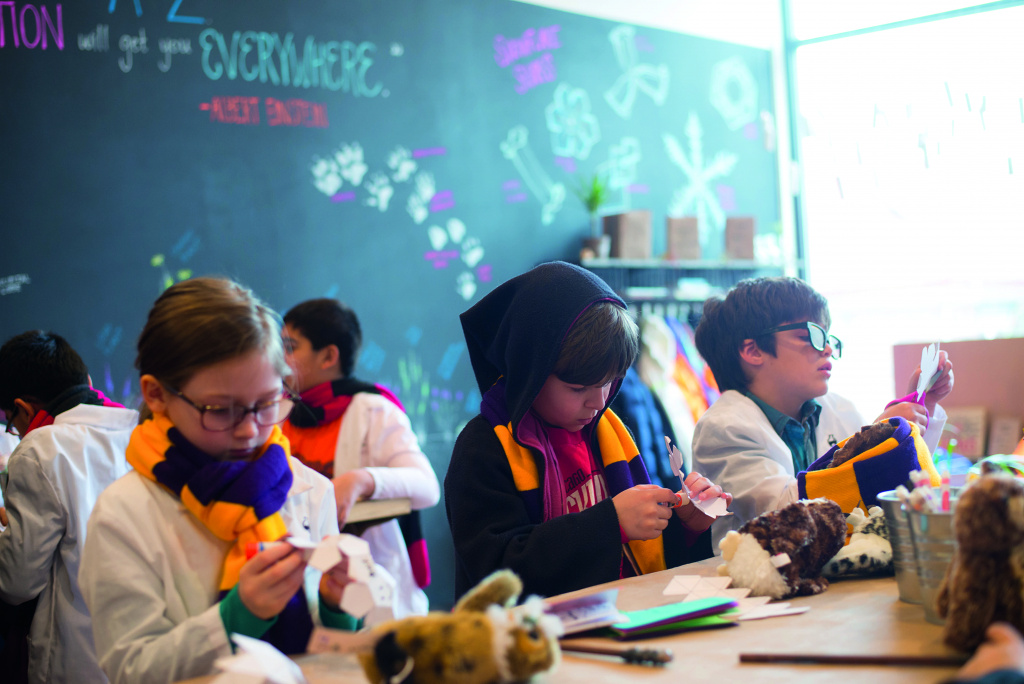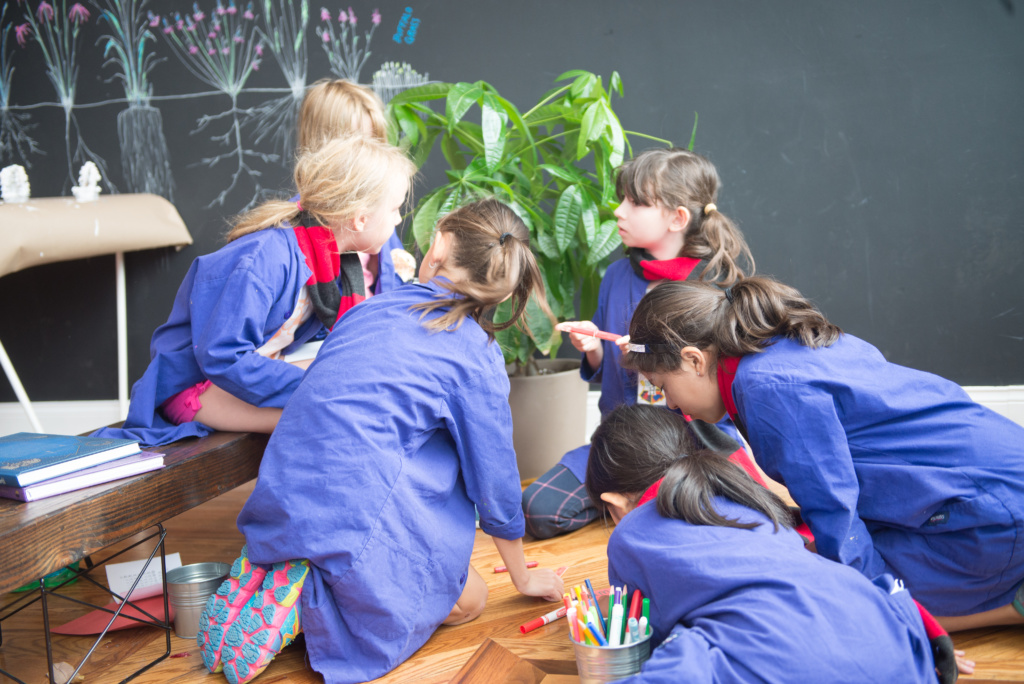
While teaching in Chicago Public Schools, we noticed that many of our students already entered the classroom with preconceived ideas about science and maths. Many students thought it was just about rote memorisation for a test or that you already had to be a ‘science person’ in order to be successful. It was hard to get students to engage. We wanted to find a way to push the boundaries of STEM to let students experience how maths and science are rooted in creativity. We started The Laboratory Chicago as a way to experiment with STEM lessons and help educators connect STEM to all types of learners.
Using Pop Culture Gives Students Confidence
When we had the freedom to experiment with our lessons, we found the biggest way to engage all types of learners was to connect the topics to popular culture. Students found personal meaning in the lessons, and it gave them an entry point and the confidence they need to become more engaged in a STEM curriculum.
We keep a pulse on what is fun and interesting for kids by reading YAL literature and watching popular shows and movies to connect to our STEM lessons. Integrating STEM with topics students are already passionate about decreases STEM anxiety and helps students experience maths and science in a more relatable way.
Pop Culture Creates a Context for Engagement and Success
We found the best way to capture and engage students is by starting with a story, especially one that is connected to a world that they are interested in. When I used to teach Mendelian Genetics, I thought it would be interesting to connect it to students: finding out why they did or didn’t have detached earlobes. It was a real-world connection, but it turned out that it really wasn’t very interesting to them. It was only when re-watching Harry Potter movies that I realised I could connect a lesson in genetics to how Fred and George Weasley breed the magical Pygmy Puffs creatures.

We framed the lesson as being a Care of Magical Creatures class, as shown in the Harry Potter books and movies. Students learned how specific Pygmy Puff traits are passed down through generations and simulated what would happen among Pygmy Puff families. Incorporating the story of the pygmy puffs gave students a vested interest in the outcome of the experiment. The students loved the lesson so much, they took it a step further to see what would happen if their Pygmy Puff family started families with other Pygmy Puff offspring. They even decided to design their own pedigree charts. These connections help students engage more deeply, take more risks, and move forward with their own inquiry.
Pop Culture Can Layer on to Existing Lessons
Many times, as educators, we become overwhelmed because we think this involves completely redesigning our lessons. With Popular Culture you can use what you already have, but create this connection to supplement and engage on a deeper level. For example, I turned a dry anatomy lesson about brain function into a ‘Zombie Apocalypse Choose-Your-Own-Adventure’ series. Given my own background in neuroscience, when I used to teach units on brain function in my classroom, I just assumed that students would be fascinated by hearing how the brain works. In fact, my lessons were geared toward learning through rote memorisation in preparation for being evaluated through a test. I wanted to create a way for students to apply their learning. Seeing that so many of my students were interested in zombies, we created a workshop where students learn the structure and function of different brain regions by examining the various types of zombies that would arise from lesions to specific regions of the brain.